Langtang Valley Trek Packing Guide
October 20, 2024 admin
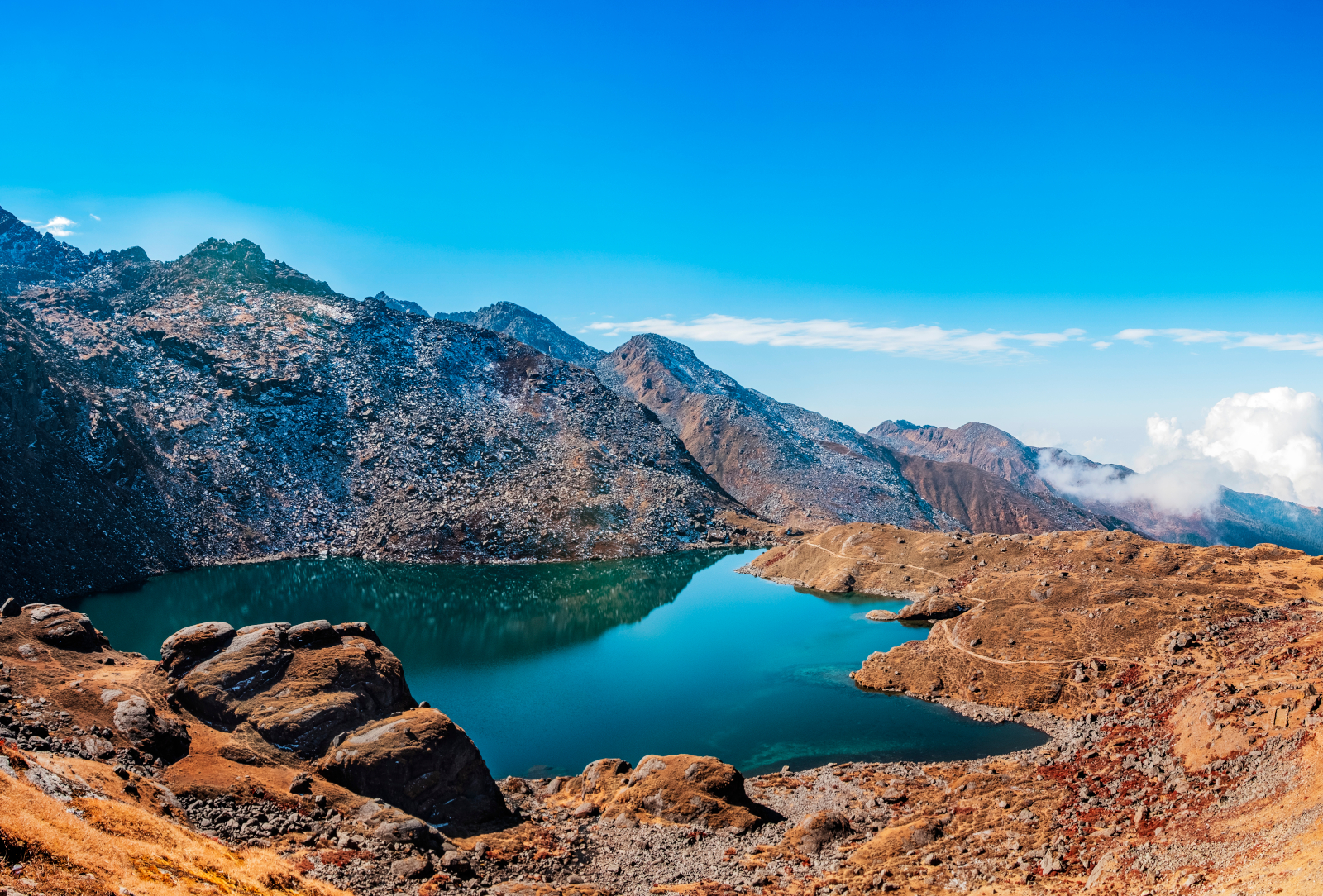
Planning to head out on the Langtang Valley Trek? It’s one of Nepal’s most scenic trekking routes, but to fully enjoy it, you need to make sure you’re properly packed. Packing the right gear will not only make your trek more comfortable but also ensure you’re ready for the varying weather and terrain. Let’s break down exactly what you’ll need to take with you. Here is the Langtang Valley Trek packing guide for clothing, gear, and must-have items.
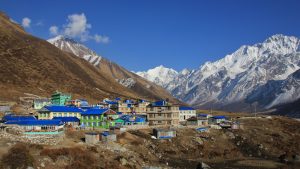
Read More: Best Time for Langtang Valley Trek
What to Pack for Your Langtang Valley Trek
Essential Clothing
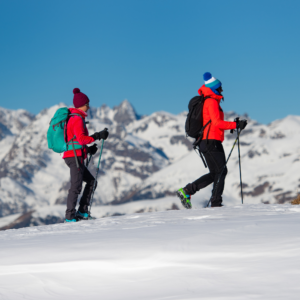
You’ll be trekking through different climates, so layering is key to staying warm and comfortable.
- Base Layers: Long-sleeved shirts and pants that wick moisture away are ideal for hiking. These will help keep you dry.
- Warm Layers: Bring a fleece or down jacket to keep you warm during the chilly evenings and higher altitudes.
- Waterproof Jacket & Pants: Sudden rain showers are common, so make sure your outer layer is waterproof and windproof.
- Trekking Pants: Convertible trekking pants (that zip off into shorts) are a good option.
- Comfortable T-Shirts & Shorts: These are great for warmer days.
- Hat & Gloves: A warm hat for the evening and gloves for colder altitudes are essential.
- Sun Hat & Sunglasses: Protect yourself from the sun, especially in higher elevations.
- Hiking Socks: Wool or synthetic socks will keep your feet dry and prevent blisters.
- Comfortable Undergarments: Don’t forget sports bras for women and enough pairs of undergarments to keep you comfortable.
Footwear

Footwear can make or break your trek, so choose wisely.
- Trekking Boots: Your hiking boots should be waterproof and well broken in before you start the trek.
- Camp Shoes: Lightweight sandals or slippers to wear when you’re resting at the lodges after a long day.
Must-Have Trekking Gear
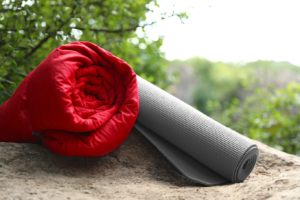
Here are some essentials you shouldn’t forget to pack.
- Backpack: Choose a comfortable backpack with a hip belt for better weight distribution.
- Sleeping Bag: Make sure it’s rated for cold weather, especially if you’re trekking during the colder months.
- Trekking Poles: These can help with balance, especially on uneven terrain.
- Headlamp/Flashlight: A must-have for early mornings or if you need to walk in the dark.
- Water Bottles & Purification Tablets: Carry enough water and be ready to purify water from natural sources along the trail.
- Sunglasses: UV protection is essential at higher altitudes.
- First Aid Kit: Be sure to include blister treatments, pain relievers, and any personal medications.
- Map or GPS: It’s always good to have a map or GPS to avoid getting lost.
- Multi-Tool/Knife: Handy for emergencies or quick fixes.
- Lightweight Towel: A quick-drying towel for personal use.
Toiletries & Skincare
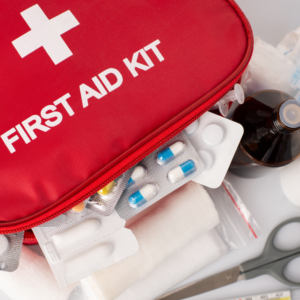
Stay fresh and protected during your trek with these essentials.
- Sunscreen & Lip Balm: Choose SPF 50+ for your face and SPF 30+ for lip protection.
- Wet Wipes & Hand Sanitizer: These are handy for hygiene when facilities are limited.
- Toilet Paper: Don’t forget this essential!
- Sanitary Pads or Tampons: For female trekkers, pack accordingly.
Miscellaneous Items
Don’t forget these extra items that will come in handy during your trek.
- Portable Charger: There’s limited access to electricity on the trek, so keep your devices charged.
- Travel Documents: Bring your passport, trekking permits, and a copy of your travel insurance.
- Snacks: High-energy snacks like protein bars, nuts, and chocolate are great for a quick boost.
- Notebook & Pen: Perfect for jotting down your thoughts or keeping track of your journey.
Read More: What to pack for Annapurna Base Camp Trek?
Why Packing Light Matters
Packing light is one of the most important things you can do for yourself on this trek. Here’s why:
Better Flexibility
A lighter backpack means you’ll have more freedom to move. Heavy packs can slow you down and make the trek feel much more challenging. Keep it simple, and you’ll enjoy the journey more.
Less Fatigue
Heavy bags can be exhausting, especially on those steep uphill climbs. When your pack is light, you’ll feel less tired and have more energy to appreciate the stunning landscapes around you.
More Resilience
With a lighter load, you’ll be more agile and better equipped to handle unexpected challenges like steep ascents or changing weather. You’ll be able to adapt quickly and make the trek more manageable.
Increased Productivity
When you’re not weighed down, you’ll move faster and cover more ground, allowing you to enjoy more of what the Langtang Valley has to offer. You’ll reach your destinations sooner, giving you more time to explore and rest.
Final Thoughts
Smart packing is essential for any trek, and it’s no different for the Langtang Valley Trek. By packing the right items and keeping things light, you’ll make your experience more enjoyable and comfortable. From essential clothing to must-have gear, every item on your list plays a part in ensuring you’re ready for the adventure.
The Langtang region is a stunning destination filled with incredible landscapes, cultural experiences, and physical challenges. With proper packing, you’ll be ready to fully immerse yourself in this unforgettable journey.
So, pack wisely, travel light, and get ready for the adventure of a lifetime!
If you’re excited to explore the Langtang Valley Trek or other trekking routes in Nepal, visit Luxury Holiday Trek for more details and personalized trekking packages.
Got more questions? Feel free to drop them in the comments below, and we’ll be happy to help you out!
Here are some other trekking packages:
FAQs
What Permits Do I Need?
For the Langtang Valley Trek, you’ll need a Langtang National Park Entry Permit and a TIMS Card (Trekkers’ Information Management System). Both can be obtained in Kathmandu from the Nepal Tourism Board.
Do I Need a Guide?
While a guide is not required for the Langtang trek, it’s highly recommended. Guides can enhance your experience by providing valuable insights about the area, and they also ensure your safety on the trail. Plus, trekking with a guide is a way to support the local economy.
How Should I Prepare Physically?
Start preparing a few months before the trek by doing cardio exercises like hiking, running, or cycling. Strengthen your legs and build endurance through these activities to make the trek more enjoyable.
What is the Best Time for the Langtang Trek?
The best times for the Langtang Valley Trek are from March to May and September to November. These months offer stable weather and clear skies. However, be aware that April and October are peak months, so expect more crowds.










